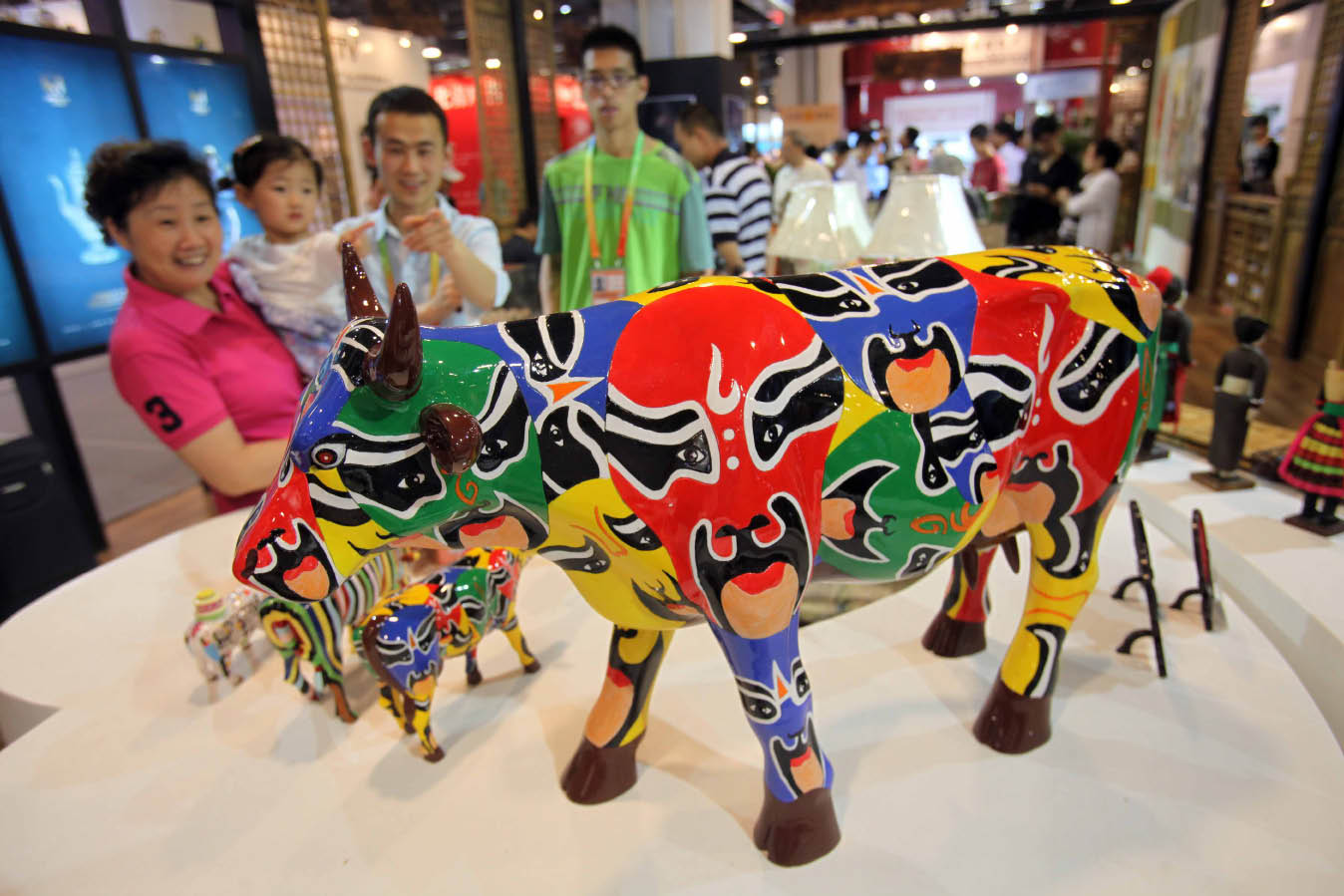Family Planning as a Fundamental State Policy
From 1949 to 1970 the Chinese population grew from 500 million to 800 million. At its peak, it swelled by 22.57 million annually (or 60,000 per day and 43 per minute). The population explosion triggered a series of problems for Chinese society and the economy, including a sluggish rise in income, and mounting pressures on the labor market and the environment.
In an effort to rein in population growth, China introduced a policy in 1970 that restricted couples to two children, born at least three years apart. The one family one child policy was introduced in 1982. But enforcement in the countryside proved difficult. The policy was therefore modified to relax requirements for rural families wishing to have a second child.
In addition, each province, autonomous region and municipality formulated its own statutes on family planning based on the local situation. It is estimated that the birth control policy has reduced the Chinese population by at least 300 million.
With a low birth rate, low mortality and a low increase rate of the population, China now faces an aging issue and a sex ratio imbalance. The state's family planning policy, which is open to adjustments, will be geared to deal with those two problems in the coming years.
A Constitutional Recognition of Private Property
After more than 20 years of neglect, the 1982 Constitution once again pledged to protect private property, specified as legal income, savings and housing. As the ownership of the means of production was not mentioned, the protection was therefore believed to be limited. "Still, the concept of private property returned to the law books after a denial of more than two decades," according to renowned economist Yu Guangyuan.
What prompted the change was the introduction of farmland contracting in 1978, which enabled rural families to operate their production individually instead of collectively. Meanwhile private business was bourgeoning in cities and towns.
Although the call to broaden constitutional protections for private property was loud in subsequent years, little progress was made until 2004, when the fourth revision of the 1982 Constitution included the following article: "The state protects by law the right of citizens to own private property and the right to inherit private property." In 2007, the Property Law was adopted, the first such law in China.

